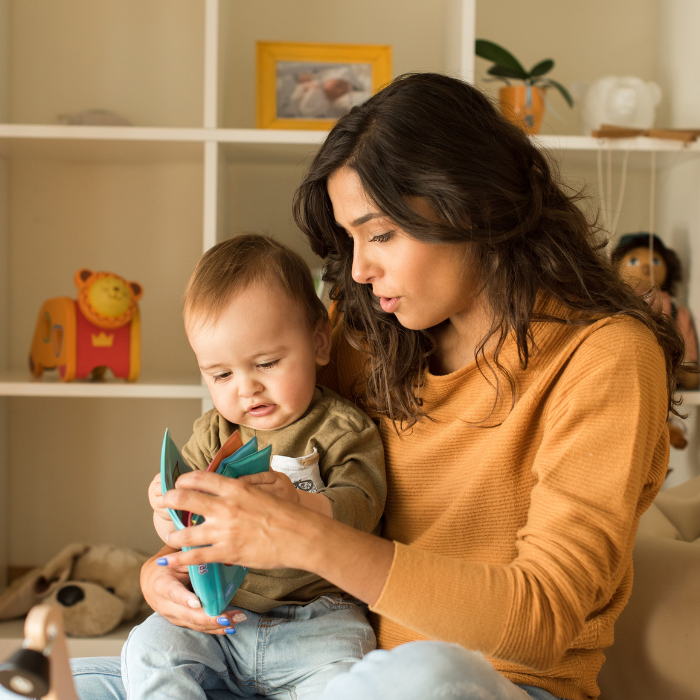
We all want to make it fun for our children to learn with us at home, and one of the best ways is to turn your teaching into games.
Games are also important because when your child can hold, touch, move and manipulate physical materials, they are using the kinesthetic learning style to learn the concepts you want to teach them. Using this physical learning style helps your child be completely involved in the learning process. It makes it easier for them to concentrate and maintain their attentiveness.
The most effective games are when you are clear about their purpose and when you know exactly what it is you want your child to learn. In the last issue, we looked at using games to learn short vowels. This time, we are going to focus on developing listening abilities, and give you ways to incorporate this into teaching consonant blends.
Home is the ideal place to play listening games. You have the satisfaction of
knowing that you are developing their auditory learning skills, and your child will love the individual attention that interactive games provide.
Game 1
Close your eyes and listen
Take time out to ask your child to close their eyes and listen for one minute. At the end, ask them what they heard. You may be surprised to find how many children will say they heard nothing! Do this one minute listening exercise with your child and tune them into listening and differentiating all the sounds around them.
Two common errors
Children often don’t hear the second sound in the blend, so they don’t write it. (e.g. stop can be written as sop.) Faced with reading a consonant blend, children can mispronounce t (e.g. bl is pronounced bil, gr is pronounced ger)
The trick is to ‘snap’ is together to read it and ‘unlock’ it to write it.
Game 2
Blend the sounds cards
If your child needs help to blend the sounds together, then start with this. Use magnetic letters or make individual letter cards with large letters (divide an A4 page into quarters).
Make lots of letter combinations for your child to practise
- Snapping the sounds together
- Unlocking them and identifying the individual sounds
Wordbox
Consonant blends
The 21 letters that are not vowels (a, e, i, o, u) are called consonants.
We use them on their own in words and we also blend two or three of them together. Consonant blends can be at the beginning, in the middle or at the end of words. Each letter in the consonant blend makes its usual sound, and your child needs to listen carefully to hear all the sounds.
There are four instances where the two consonants together make a new sound – ch, sh, th, wh – where you can no longer hear the individual sounds. These are called consonant digraphs and it’s best to teach these separately to avoid confusion.
Lists of words to use: notice how many of them have l or r as the second sound. It’s not always easy to hear the second sound being pronounced.
Initial blends
Add extra words to make lists of other
words beginning with these sounds.
sc/sk/sl/sm/sn/sp/st/sw
tr/tw, cl/cr, fl/fr, bl/br
gl/gr, pl/pr, dr/dw
score skip slug smell
snap spoon step swim
trot twig clap cream
fly from blind bring
glad grapes please prince
dry dwell
Final blends
-st -nd -ng -nk -lk
-mp -pt -lf -nt -l
3 Letter Consonant Blends
scr, spl, str, spr, squ
Scream
Splash
Spring
Straight
Squeak
AGES and STAGES
Under-5s
Play games where you and your child just listen to the sounds around you for a moment, then say what you can hear. Gradually extend the length of time you can sit and listen. Learn the alphabet SOUNDS, rather than the letter names.
5- to 8-years
Play ‘Blending the sounds’ and ‘Speaking and spelling the blends’
until your child can read and write
these automatically.
9- to 12-yearsCheck that your child can identify these sounds in the middle as well as the beginning and end of words, and also in two and three syllable words.
By Mary Ashby-Green








